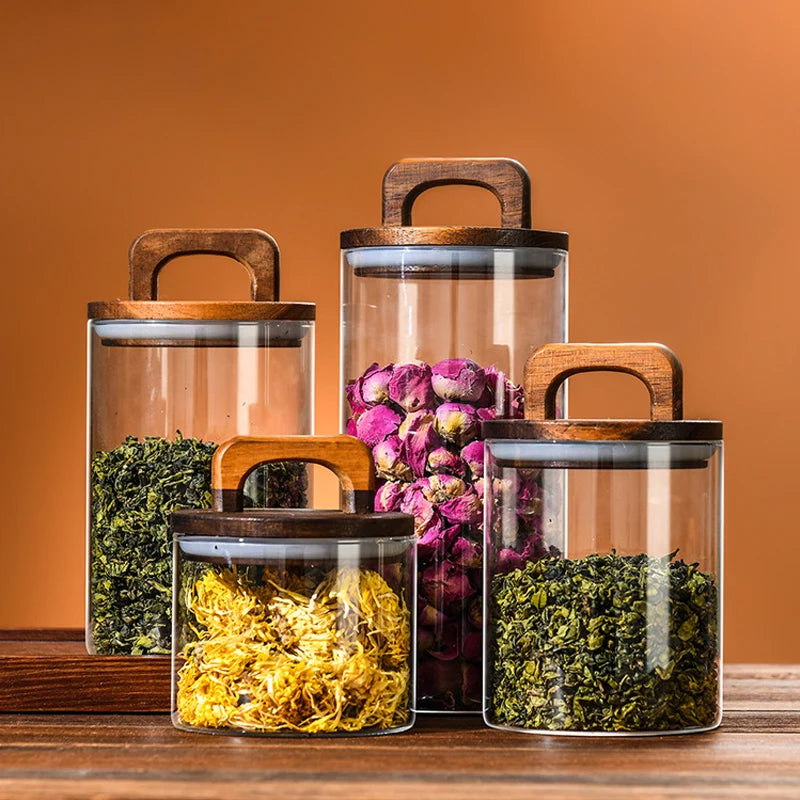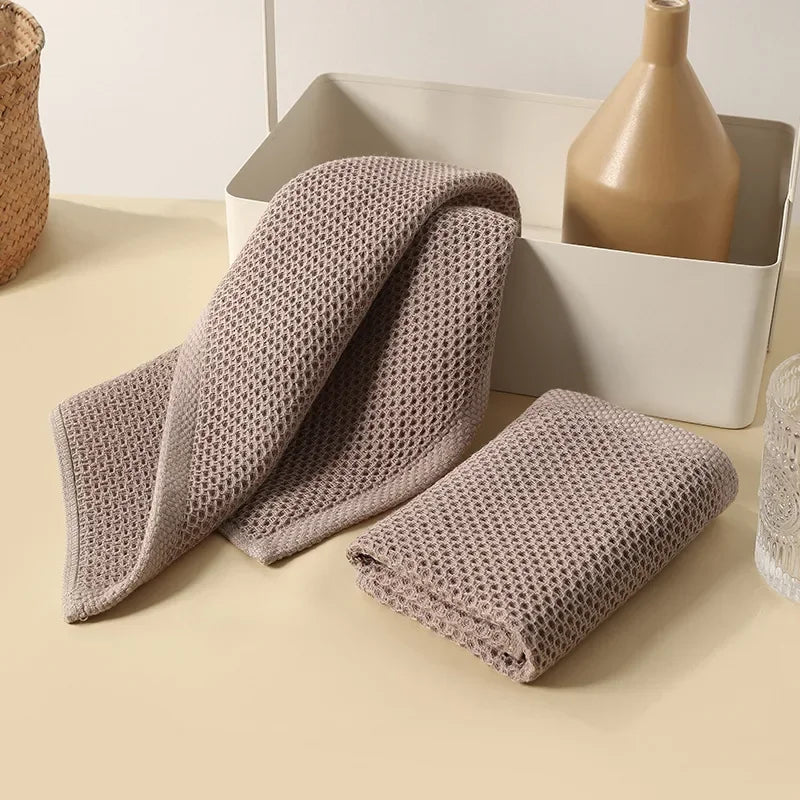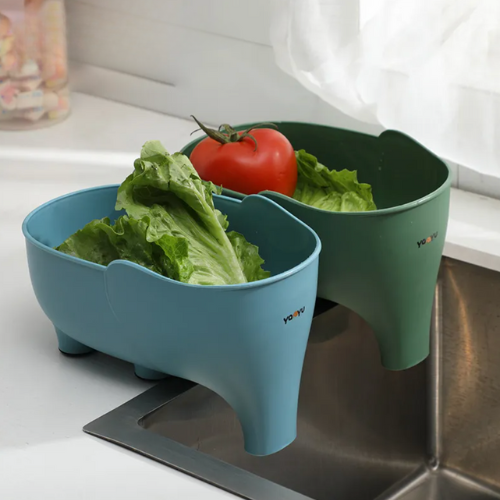The Ultimate Guide to a Lectin-Free Diet: Benefits, Foods, and How to Get Started
Discover the benefits of a lectin-free diet, the foods to avoid, and how to get started with this dietary approach. Learn how eliminating lectins from your diet can improve digestion, reduce inflammation, and boost your overall health.
The lectin-free diet has gained significant popularity in recent years, particularly among those looking to improve digestion, reduce inflammation, and promote overall health. Advocates of this dietary approach claim that avoiding foods high in lectins—proteins found in many plants—can help alleviate a variety of health issues, including digestive problems and autoimmune conditions. But what exactly is a lectin-free diet, and how can it benefit you? In this comprehensive guide, we’ll explore the ins and outs of a lectin-free diet, including its potential benefits, the foods to avoid, and practical tips for getting started.
Key Takeaways
- Overview of the Lectin-Free Diet: The lectin-free diet involves reducing or eliminating foods high in lectins, such as legumes, grains, nightshade vegetables, and certain fruits, to improve digestion, reduce inflammation, and promote overall health.
- How Lectins Affect the Body: Lectins, found in many plants, are considered "anti-nutrients" because they can interfere with nutrient absorption and cause issues like intestinal permeability, inflammation, and disrupted gut microbiota, particularly in those with digestive disorders or autoimmune conditions.
- Potential Health Benefits: Many people report experiencing benefits from a lectin-free diet, including improved digestion, reduced inflammation, better blood sugar control, weight loss, and enhanced energy levels.
- Foods to Avoid: Key foods to avoid on a lectin-free diet include legumes (beans, lentils), grains (wheat, barley), nightshade vegetables (tomatoes, potatoes), and certain fruits (goji berries, melons).
- Lectin-Free Foods to Enjoy: The diet emphasizes whole, nutrient-dense foods that are naturally low in lectins, such as leafy greens, cruciferous vegetables, berries, grass-fed meats, wild-caught fish, and healthy fats like olive oil and avocado oil.
- Getting Started: Transitioning to a lectin-free diet involves educating yourself about lectins, planning meals with lectin-free foods, experimenting with new recipes, and gradually reducing lectin-rich foods while paying attention to your body's response.
- Is It Right for You?: While the lectin-free diet has both supporters and skeptics, it may benefit individuals with specific health conditions like autoimmune disorders or severe digestive issues. Consulting with a healthcare provider is recommended before starting this diet.
The lectin-free diet can be a valuable tool for improving health and well-being, particularly for those struggling with digestive issues or inflammation. Whether fully adopting the diet or simply reducing lectin intake, focusing on whole, nutrient-dense foods is key to success.
What Is A Lectin-Free Diet?
A lectin-free diet involves the elimination or reduction of foods that contain high levels of lectins, which are a type of protein found in many plants. Lectins serve as a natural defense mechanism for plants, protecting them from pests and pathogens. However, in humans, lectins are believed to interfere with digestion, promote inflammation, and potentially contribute to various health issues.
Lectins are found in a wide range of foods, including legumes (such as beans, lentils, and peas), grains (such as wheat and barley), nightshade vegetables (such as tomatoes and eggplants), and certain fruits. The lectin-free diet was popularized by Dr. Steven Gundry, a former cardiac surgeon who argues that lectins can be harmful to our health and that eliminating them from the diet can lead to significant improvements in well-being.
How Do Lectins Affect the Body?
Lectins are often referred to as "anti-nutrients" because they can interfere with the body’s ability to absorb certain nutrients. When consumed in large quantities, lectins can bind to the lining of the digestive tract, leading to issues such as intestinal permeability (commonly known as "leaky gut"), inflammation, and disrupted gut microbiota.
Some people may be more sensitive to lectins than others, particularly those with existing digestive disorders or autoimmune conditions. For these individuals, a lectin-free diet may help reduce symptoms such as bloating, gas, diarrhea, and fatigue, as well as improve overall gut health.
Potential Benefits of a Lectin-Free Diet
While the lectin-free diet is still a topic of debate among nutrition experts, many individuals report experiencing significant health benefits after adopting this dietary approach. Here are some of the potential benefits of a lectin-free diet:
1. Improved Digestion
One of the most commonly reported benefits of a lectin-free diet is improved digestion. By eliminating foods that are high in lectins, individuals may experience relief from symptoms such as bloating, gas, and diarrhea. This is particularly true for those with conditions like irritable bowel syndrome (IBS) or inflammatory bowel disease (IBD), who may be more sensitive to the effects of lectins.
2. Reduced Inflammation
Lectins are believed to contribute to inflammation in the body, which is a key factor in many chronic diseases, including heart disease, diabetes, and autoimmune disorders. By reducing lectin intake, some individuals may experience a decrease in inflammatory markers, leading to reduced pain and improved overall health.
3. Better Blood Sugar Control
Lectins have been shown to interfere with insulin signaling, which can affect blood sugar levels. For individuals with insulin resistance or type 2 diabetes, a lectin-free diet may help improve blood sugar control and reduce the risk of complications associated with high blood sugar levels.
4. Weight Loss
Some people find that adopting a lectin-free diet helps them lose weight. This may be due to the diet’s emphasis on whole, unprocessed foods, as well as the elimination of many high-calorie, lectin-rich foods such as grains and legumes. Additionally, improved digestion and reduced inflammation can support healthier metabolism and weight management.
5. Enhanced Energy Levels
Fatigue is a common complaint among those who struggle with digestive issues or chronic inflammation. By reducing lectin intake and improving gut health, many individuals report increased energy levels and a greater sense of vitality.
Foods to Avoid on a Lectin-Free Diet
If you’re considering adopting a lectin-free diet, it’s important to be aware of the foods that are highest in lectins. Here’s a list of common lectin-rich foods that are typically avoided or minimized on a lectin-free diet:
1. Legumes
- Beans (including kidney beans, black beans, and navy beans)
- Lentils
- Peas
- Soybeans
- Chickpeas
- Peanuts
2. Grains
- Wheat (including whole wheat and wheat products)
- Barley
- Rye
- Corn
- Quinoa (though lower in lectins, some choose to avoid it)
3. Nightshade Vegetables
- Tomatoes
- Eggplants
- Peppers (including bell peppers and chili peppers)
- Potatoes (especially white potatoes)
4. Certain Fruits
- Goji berries
- Some melons (including watermelon and cantaloupe)
- Zucchini
5. Dairy Products
- Certain dairy products, especially those made from cow's milk, may contain lectins or be inflammatory for some individuals.
Lectin-Free Foods to Enjoy
While the list of foods to avoid may seem daunting, there are plenty of delicious and nutritious foods that are naturally low in lectins and can be enjoyed on a lectin-free diet. Here’s a list of lectin-free foods that can form the basis of your diet:
1. Vegetables
- Leafy greens (such as spinach, kale, and Swiss chard)
- Cruciferous vegetables (such as broccoli, cauliflower, and Brussels sprouts)
- Asparagus
- Celery
- Onions
- Garlic
- Mushrooms
2. Fruits
- Berries (such as strawberries, blueberries, and raspberries)
- Apples
- Oranges
- Grapes
- Avocados
3. Animal Proteins
- Grass-fed beef
- Free-range poultry
- Wild-caught fish
- Pasture-raised eggs
4. Healthy Fats
- Olive oil
- Coconut oil
- Avocado oil
- Grass-fed butter
- Ghee
5. Nuts and Seeds
- Almonds
- Walnuts
- Macadamia nuts
- Chia seeds
- Flaxseeds
How to Get Started on a Lectin-Free Diet
Starting a lectin-free diet can be challenging, especially if you’re used to eating a diet rich in grains and legumes. However, with some planning and preparation, you can successfully transition to a lectin-free lifestyle. Here are some tips to help you get started:
1. Educate Yourself
Before making any dietary changes, it’s important to educate yourself about lectins and the foods that contain them. Understanding which foods to avoid and why can help you make informed choices and stay motivated.
2. Plan Your Meals
Meal planning is key to successfully following a lectin-free diet. Take some time each week to plan your meals and snacks, focusing on the lectin-free foods listed above. Consider batch cooking or preparing meals in advance to make sticking to your diet easier.
3. Experiment with New Recipes
A lectin-free diet doesn’t have to be boring or restrictive. There are plenty of delicious recipes that feature lectin-free ingredients. Try experimenting with new recipes and cooking methods to keep your meals interesting and enjoyable.
4. Gradually Transition
If you’re finding it difficult to eliminate lectins from your diet all at once, consider gradually reducing your intake over time. Start by cutting out one or two lectin-rich foods and slowly work your way up to a fully lectin-free diet.
5. Listen to Your Body
As with any dietary change, it’s important to listen to your body and pay attention to how you feel. If you notice improvements in your digestion, energy levels, or overall health, you may be on the right track. However, if you experience any negative side effects, it may be worth re-evaluating your approach.
The Science Behind the Lectin-Free Diet: Is It Right for You?
The lectin-free diet has garnered both supporters and skeptics within the health and nutrition community. While some studies suggest that lectins can indeed cause harm in certain individuals, others argue that the benefits of lectin-containing foods—such as legumes and whole grains—outweigh the potential risks. Lectins are, after all, found in many nutrient-rich foods that have been consumed for centuries as part of a healthy diet.
For most people, a diet that includes a variety of plant-based foods, even those containing lectins, can contribute to overall health and well-being. However, if you have a specific health condition—such as an autoimmune disorder or severe digestive issues—you may benefit from experimenting with a lectin-free diet to see if it improves your symptoms.
As with any dietary change, it’s important to consult with a healthcare provider or registered dietitian before starting a lectin-free diet. They can help you determine whether this dietary approach is appropriate for your individual needs and guide you in creating a balanced, nutrient-dense eating plan.
The lectin-free diet offers a potential solution for those struggling with digestive issues, inflammation, or autoimmune conditions. By eliminating or reducing foods high in lectins, some individuals may experience significant improvements in their health and well-being. While the diet is not without controversy, it provides an alternative approach to those seeking relief from specific health challenges.
Whether you choose to fully adopt a lectin-free diet or simply reduce your intake of lectin-rich foods, it’s important to focus on whole, nutrient-dense foods and listen to your body’s needs. With careful planning and a mindful approach to eating, a lectin-free diet can be a valuable tool in your journey toward better health.



























